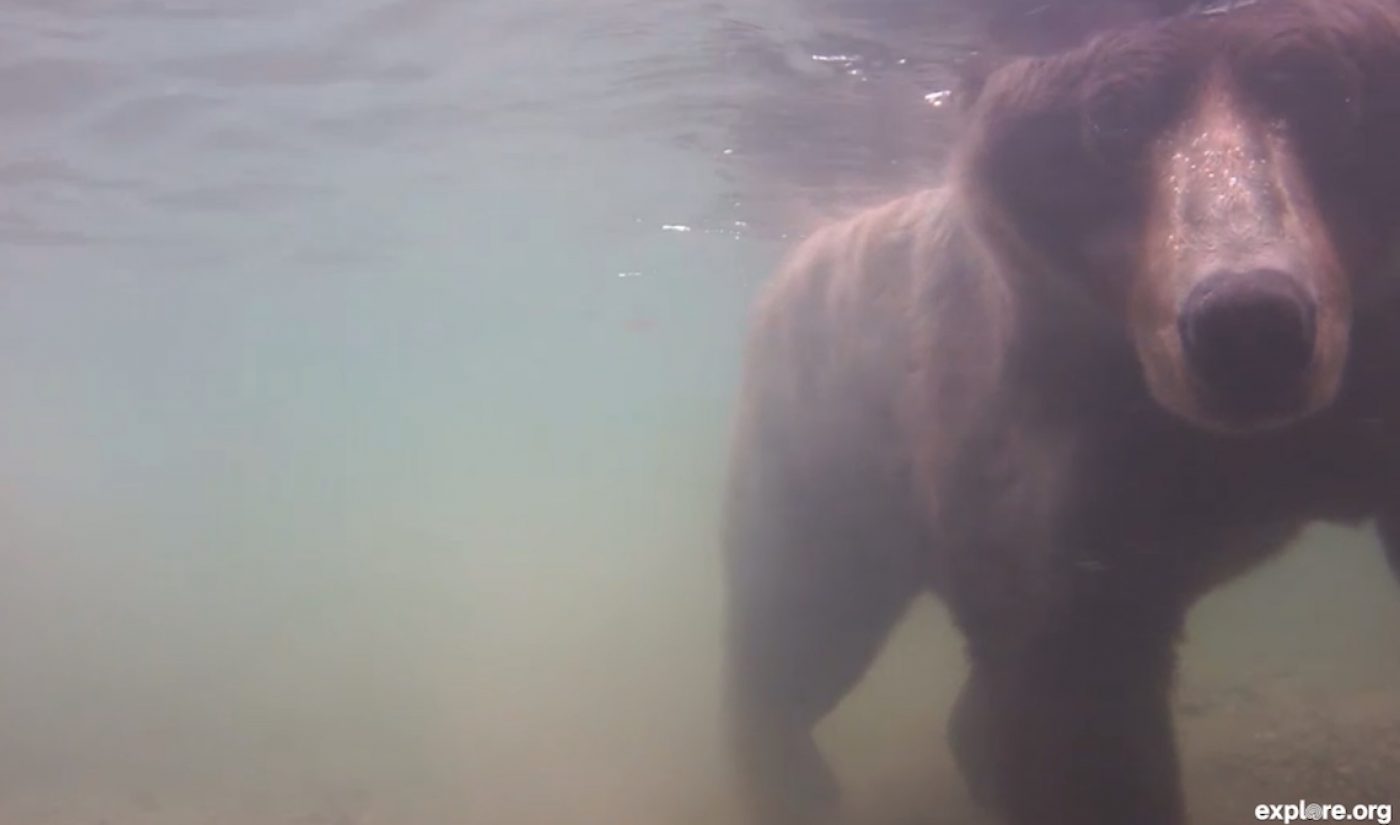Insights is a new weekly series featuring entertainment industry veteran David Bloom. It represents an experiment of sorts in digital-age journalism and audience engagement with a focus on the intersection of entertainment and technology, an area that David has written about and thought about and been part of in various career incarnations for much of the past 25 years. David welcomes your thoughts, perspectives, calumnies, and kudos at david@tubefilter.com, or on Twitter @DavidBloom.
This installment of Insights is brought to you by Beachfront RISE. 
Between the explosive success of Pokémon Go and animal-care controversies – like the handling of circus elephants and SeaWorld cetaceans, or the the shooting of a Cincinnati Zoo gorilla – I’ve been thinking a lot recently about the future of zoos and aquariums and how technology can transform them (and when I say zoos, I don’t mean the political conventions).

Subscribe for daily Tubefilter Top Stories
Simply put, what do these institutions look like a decade from now, given the new technologies and seemingly endless controversies dogging some venues? Can we create interactive experiences that build deeper connections to the animal world in humane and compelling ways?
Zoos and aquariums provide essential services beyond merely housing, caring for, and displaying to curious locals an array of creatures from faraway places. For instance, captive-breeding programs are one of the last hopes for survival of many rare species facing extinction.
These institutions also convene and connect people (and money) in each city around issues such as wildlife conservation and habitat preservation. The tremendous educational component of zoos can’t be underestimated, as countless busloads of school children roll up each year for a chance to see animals they may never have heard of and would otherwise never see live.
So, I think zoos and aquariums still provide great value. But it’s also time to think about new ways to extend and expand their educational and institutional connections, leveraging the immersive new tools we have available. The most obvious starting place is Pokémon Go, already the most successful iPhone app ever and an augmented-reality game about capturing and caring for fanciful creatures found “in the wild” of your local neighborhoods.
What’s to stop a smart game developer like Pokémon Go maker Niantic from doing something of the same thing using real species and even specific animals from specific institutions? Already, Delaware’s state parks system has leveraged Pokémon Go to help draw crowds and engage them in the properties.
While public venues with more somber histories, such as historic battlefields or national cemeteries, are banning the game’s players, approaches like that of Delaware’s Division of Parks & Recreation suggest a place where forward-thinking zoos and aquariums might create engaging new opportunities. Zoos already are trying to connect with audiences in other ways, such as the Los Angeles Zoo’s late-night music events targeting adults. Now, they have exciting new options, thanks to technologies that can get beyond the physical to the virtual in increasingly compelling ways.
For instance, we may not want to put a polar bear in Phoenix. But with virtual reality, we could create an immersive VR experience at a Phoenix zoo that (safely) puts people on an ice floe as a polar bear hunts nearby for seals. This particular example might have to be truly virtual, closer to a theme-park ride, given what’s happening to our disappearing polar ice cap (and disappearing polar bears), but it’s also suggestive of tech that can transport people to another place, where the animals actually are, without having to bring the animals to us.
We already have less technically demanding, but still compelling alternatives to a fully immersive VR experience. For example, non-profit Explore.org runs dozens of live video feeds of everything from sharks off Cape Fear, N.C., to bobcats in Florida to walruses in Alaska. Watching animals be themselves in their native habitats, oblivious to the unblinking live cam nearby, can be an extraordinarily absorbing experience.
And it can involve far more than passive viewing. Visitors to Explore.org’s Audubon Osprey Nest cam, for instance, can take a digital snapshot of the feed and share it with National Audubon Society researchers. Users can even take a short quiz that helps researchers identify what fish the parents are feeding the chicks. It’s another way to engage with the animals, and feel like you’re making a small contribution to science.
Similarly, Explore just relaunched its Bear Cams, five cameras along Brooks Falls (including one underwater) in Katmai National Park that track the seasonal salmon hunting there.
The live feeds of bears stolidly waiting to pounce on their next meal, or ospreys feeding their young can be surprisingly mesmerizing, in a low-bandwidth way. Watch for a while and it’s difficult not to get engaged. Lob a couple of snapshots to friends or researchers and you feel like you’re part of something bigger.
Now imagine these sorts of experiences multiplied around the world, then leveraged into 360° video and virtual reality, or layered into augmented-reality games similar to Pokémon Go that further annotate what you’re seeing, providing greater knowledge about the specific animals involved and the world where they live.
A typical zoo visit might last two to three hours, and might occur maybe once or twice a year. With these new tools, we can connect people for hours at a time, as often as every day, to animals living in their native habitats. The next step is to tie those home experiences into nearby institutions, which can offer a much broader array of both virtual and live interactions with the creatures they care for and care about.
It’s a great time for zoos and aquariums to rethink what they can offer to visitors and supporters, and to leverage the new tools in spectacular ways to further our engagement and knowledge of these animals. Done right, the zoos and aquariums of the future can be so much more, housing the immersive real-world and multimedia experiences that build lifelong connections between humans and the world around us. We all can win if that happens.
 This installment of Insights is brought to you by Beachfront RISE, the premier app building company that houses all of your content in one place for any device, and monetizes it automatically with their built in programmatic video advertising platform.
This installment of Insights is brought to you by Beachfront RISE, the premier app building company that houses all of your content in one place for any device, and monetizes it automatically with their built in programmatic video advertising platform.








